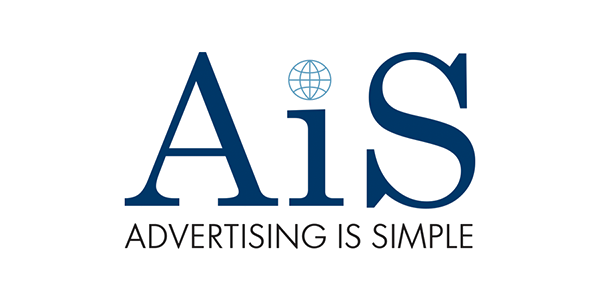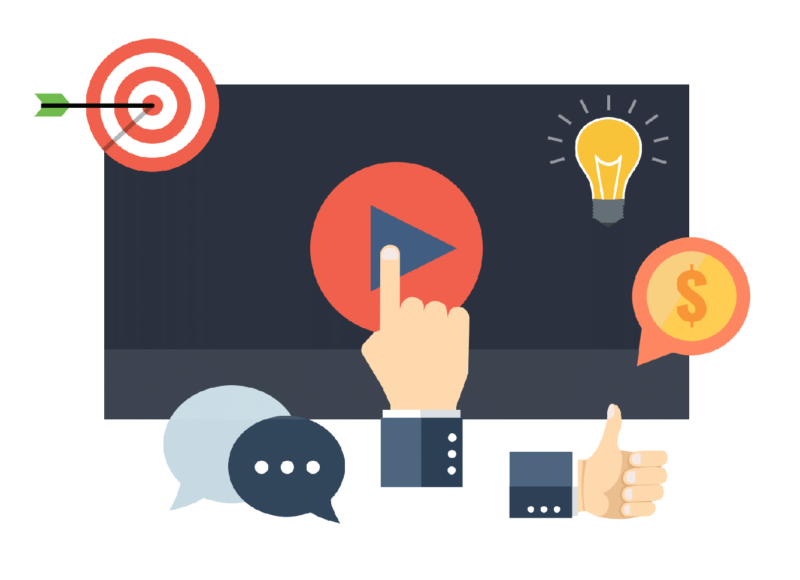If you’re looking for immediate results, implementing Pay-Per-Click (PPC) advertising is a great Internet marketing tool to utilize to bring traffic to your website. It’s also important to realize that these campaigns need to be properly setup and closely monitored to confirm that they are working effectively. There are 7 Key Elements to keep in mind when setting up and managing your PPC campaign.
7 Key Elements for Pay-Per-Click Advertising

1. Begin with Keyword Research
Keyword research forms the foundation of your campaign. Taking the time to do the proper research for the keywords that are relevant to your campaign will ensure that your campaign is going in the right direction from the start. You can use tools such as the Keyword Planner tool provided by Google to do research on the keywords you have in mind for you campaign, and to find suggested keywords that you may have not considered.
2. Well Crafted Ad Copy
Your ad copy should be well thought out and relevant to the message of your campaign. The ad copy should be short, direct, and include a clear call-to-action so that users know exactly what action it is that they will be taking once they click on your ad. Using ad extensions is another great approach to stand out amongst your competitors. Ad extensions tend to drive the efficiency of your ad by allowing users to choose from multiple options on how to learn more or contact your business. Phone calls, site links and structure snippets are just a few of the ad extensions that you can utilize.
3. Practice A/B Testing
By creating multiple ads and testing them against each other, you will be able to analyze and improve your copy to generate better campaign results. Some copy resonates with your target audience better than others, and A/B testing is a great way to find out which ads could be more beneficial to your campaign.
4. Bid Management
Monitoring your bid activity will help you deliver reliable a Cost-Per-Acquisition (CPA). CPA is the amount of money it costs for a customer to make the desired conversion that is set for the campaign. This could be filling out a form, making a purchase or whichever valuable action you have set up your campaign for.
5. Landing Page Relevancy
The landing page for your campaign needs to be relevant to the ad that you are promoting. Not only does this create a consistent transition for users when moving from your ad to the landing page, it also has a positive impact on your ad’s ranking when it appears in search listings. Google wants to make sure that its users are getting the best experience possible when entering a query on their search engine, so they give more favorable rankings to those that use landing pages that directly reflect the ad that they are connected to.
6. Hone Your Call-to-Action
Include a visible call-to-action on your landing page. It needs to be obvious to customers what their next step should be in their path to purchase. Whether you want users to sign up for a newsletter, fill out a contact form or make a purchase that action needs to be front and center on your landing page along with applicable details to explain why engaging in this conversion will benefit them.
7. Measure, Tweak, Improve
It is imperative that you consistently measure the success of your campaign. By monitoring your campaign on a regular basis, you can determine which parts of your campaign are working and which parts are not. Once you identify these success and failures, you can adjust your campaign accordingly to improve your results in the future.
If you are interested in adding a Pay-Per-Click campaign to your Digital Marketing Plan, contact us at Advertising Is Simple to learn more. AIS can help you build and manage your PPC campaign to ensure that you are getting the best ROI.
Advertising Is Simple | 302.407.0431 | info@AdvertisingIsSimple.com



 Keys to Video Marketing and Why It Is Important to Your Business
Keys to Video Marketing and Why It Is Important to Your Business